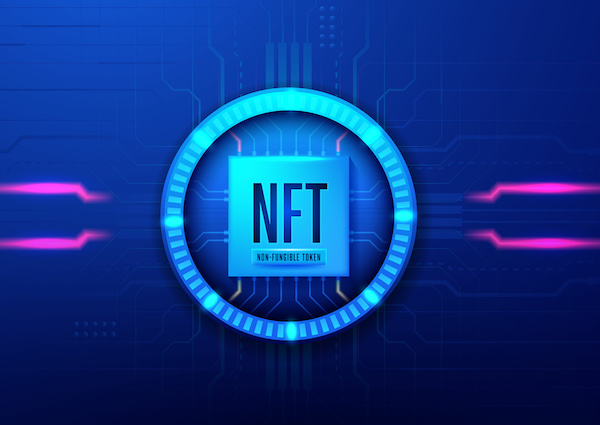UK government should confirm that NFTs are “works of art”
Recently, digital artist Mad Dog Jones became the most expensive living Canadian artist after his self-replicating nonfungible token (NFT) was sold by boutique auction house Philips for $4.1 million (after bidding was opened at $100 just two weeks before).
The sale was the latest in a string of high value NFT auctions since a digital work by the American artist known as Beeple – titled Everydays – The First 5000 Days – sold for $69 million in March; Sotheby’s, for example, recently sold two NFTs by enigmatic artist Pak for $1.4 million along with nearly 24,000 editions of their “Cubes” for a combined total of $14 million (or over $500 each).
There is thus little doubt that NFTS – one-of-a-kind bits of data stored on a blockchain – are now a fixture in the mainstream art market. To those who remain skeptical, consider that Beeple’s work sold for $14 million more than Monet’s 1906 painting Nympheás when it was last put up for auction in 2014.
As the legitimacy and value of this art form becomes more widely accepted, the number of auction houses, art dealers, and online marketplaces that trade in NFTs will continue to proliferate. For those who do business in the UK, they will need to consider their obligations under the Money Laundering, Terrorist Financing and Transfer of Funds (Information on the Payer) Regulations 2017 (MLRs). Under amendments that came into force on 10 January 2020, the MLRs now apply to art market participants (AMPs) who deal in sales, purchases and/or storage of “works of art” with a value of €10,000 or more.
Yet these regulations, just over a year old, are already outdated because they failed, understandably, to anticipate the NFT art boom.
Specifically, the MLRs defined “works of art” by referring to the definition set forth in a 25-year old statute, the Value Added Tax (VAT) Act 1994. Drafted while the Internet was still in its infancy and long before blockchain technology was conceived, the VAT Act’s conception of art is stuck in the last century. Its definition of artwork includes only various categories of pieces “executed by hand” – e.g. paintings, drawings, engravings, lithographs, sculptures, tapestries, ceramics, copper enamels, and photographs. While it seems clear that NFTs fall within the spirit of the VAT Act’s definition of art, they are omitted from its text.
There is similarly no mention of NFTs or other forms of digital art in the British Art Market Federation’s January 2020 “Guidance on Anti Money Laundering for Art Market Participants”. While this guidance suggests that “conceptual works of art” fall within the VAT Act’s definition, that too fails to encompass NFTs under the commonly held understanding, put forth by the Tate and other museums, that conceptual art is “art for which the idea (or concept) behind the work is more important than the finished art object”.
As the 10 June 2021deadline approaches for AMPs to register with HMRC, the British government should provide more clarity as to the MLRs’ application to those who deal in NFTs.
More clarity is also needed on whether NFT art dealers qualify as cryptoasset exchange providers (CEPs). Under the MLRs, this term is defined to include firms and individuals who engage in the business of exchanging “cryptoassets for money or money for cryptoassets”.
“Cryptoasset”, in turn, is defined by the Financial Conduct Authority (FCA) to mean a “cryptographically secured digital representation of value or contractual rights that uses a form of distributed technology and can be transferred, stored or traded electronically”. Again, although UK regulators have not yet explicitly stated that NFTs are cryptoassets, it seems likely that most NFTs will fall within this definition, and that NFT dealers may as a result be considered CEPs. Since the deadline for CEPs to register with the FCA passed last January, participants in the NFT market urgently need further guidance as to whether they need to belatedly sign up for FCA oversight.
Conclusion
Even the most farsighted crypto enthusiast could not have foreseen the rapid rise of NFTs within the international art scene. It is, therefore, not surprising that Britain’s legal and regulatory framework has lagged behind in this quickly moving area.
Yet, if the UK is to remain hospitable to NFT dealers and the cryptoasset industry in general, its regulators must ensure that businesses in this space can reasonably determine what it is that the government expects from them. Updating the definition of “works of art” and clarifying whether those transacting in NFTs are CEPs would be two important first steps in this direction.
About the author: Josh Ray is a partner at Rahman Ravelli Solicitors in London where he advises firms on compliance with AML, sanctions, and bribery regulations in the UK and US.












































